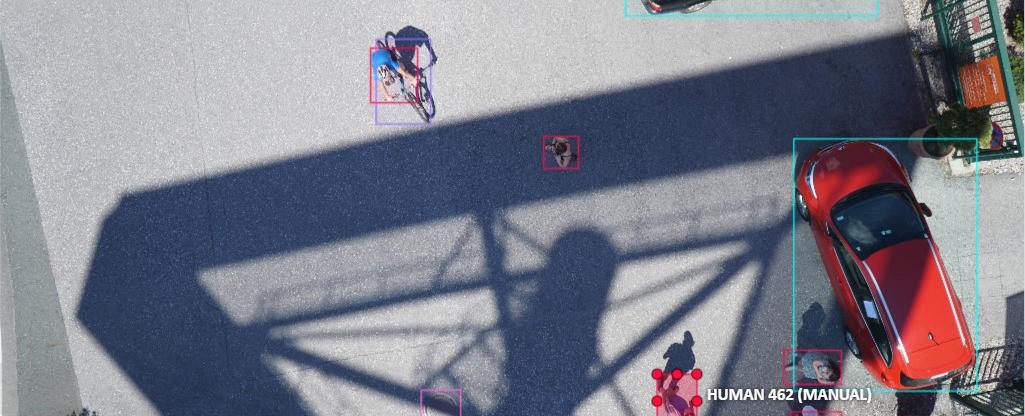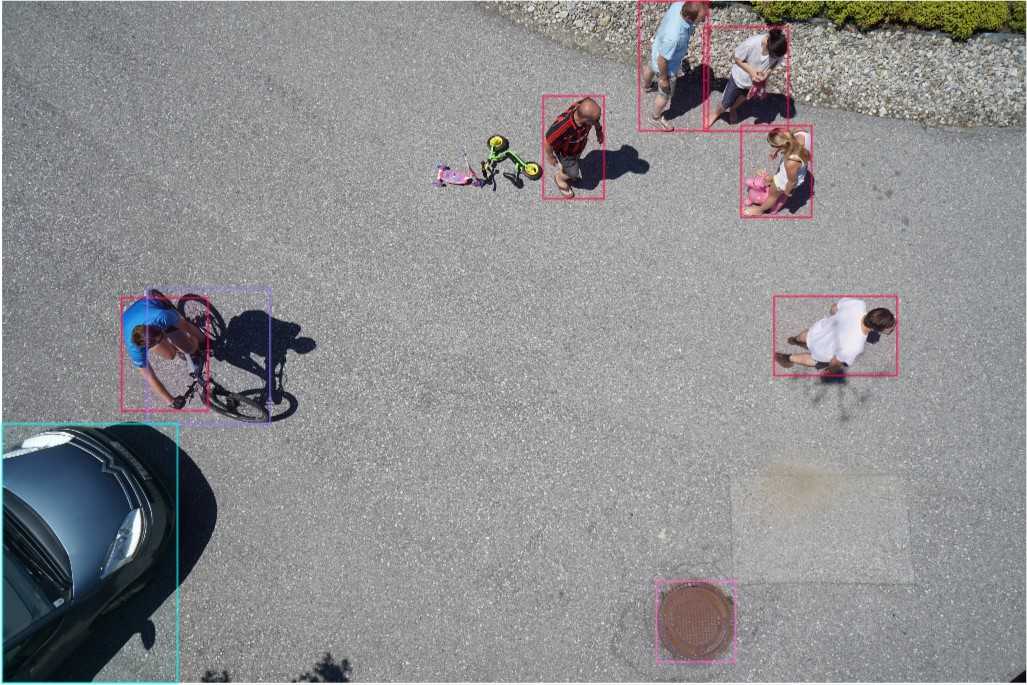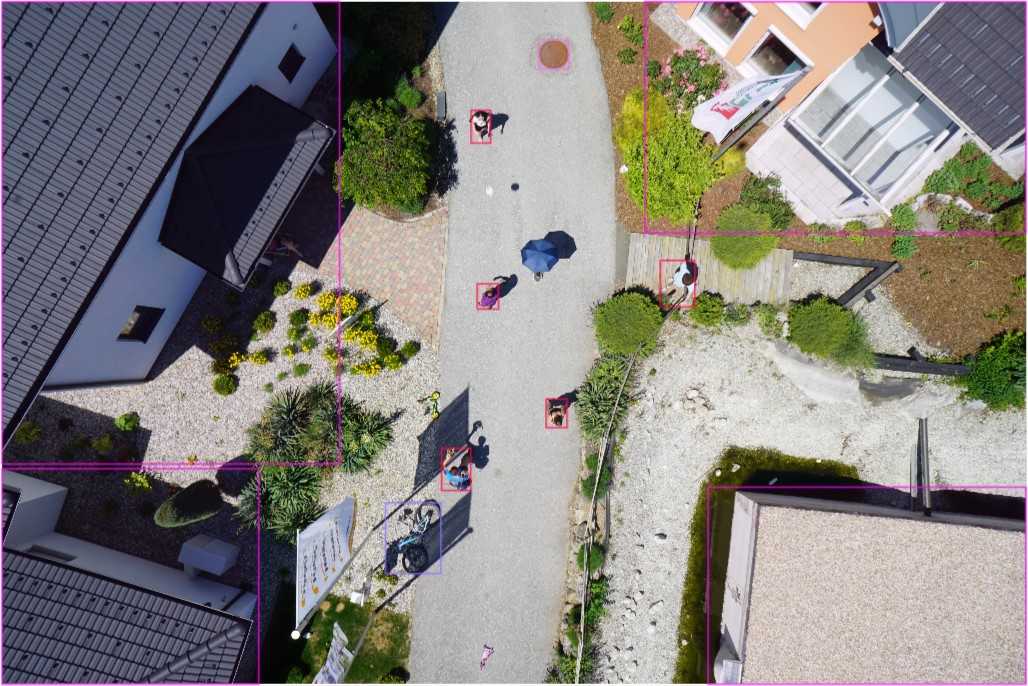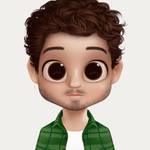
Current status with AI surveillance
Even if we don’t always notice them, surveillance cameras are a part of our everyday life. These cameras are being used in almost every area that are encountered with people such as factories, offices, apartments or public squares. With the help of them, it is possible to track any event that is endangering human life or breaking the laws. However, these cameras are not really effective for warning security officers instantly, since the records are depending on another third eye to inspect them. Thankfully, artificial intelligence powered solutions are giving a new impulse to the safety and security sector — including a bird eye view.
Drones with AI cameras are an innovative example of how AI can be used to improve monitoring systems. With a well-developed AI model that processes the image data gained from the drone, the elements on the monitored area can be recognized autonomously. This opportunity takes away the exhausting process of inspecting the camera recordings by hand. With this way, an undesired condition can be detected much faster. Furthermore, the flight ability of drones make them an amazing choice for various sectors that aerial imaging is useful. Let’s talk more about how AI powered drones can be used.

Where can ai powered drones be used
One of the examples that AI powered drones can be used is construction sites. With the help of these drones, it is possible to monitor the construction and the workers continuously. As an example, AI can detect a worker who is not wearing a helmet and warn the operation manager. Also much more data about the workers or the constructing process can be handled by the AI assisted drone. Mobility is another great advantage of drones against fixed cameras. By virtue of these abilities, operation managers can be informed about a dangerous situation or an accident. Thereby the data obtained by the AI drone helps managers to review and enhance the construction process.
AI powered camera drones may take the place of CCTV cameras too. Today, hundreds of cameras are being used to monitor crowds but as we mentioned before, these camera records are useless if someone is not analyzing them. However, the abilities of AI such as image processing and rapid decision making creates the opportunity of detecting threats as soon as possible. With the help of image recognition, the AI model can recognise an act of violence or a weapon and warn the security officers immediately. On top of that, AI can give us insights about tendencies of the people such as the hours that the density of people increases in an area. So the municipalities may use this kind of data to come out with better public areas for everyone. It may seem a bit awkward to get used to live with flying cameras around us, but the advantages of this technology might make our lives much easier.

What affects the success of AI drones?
Limitless examples can be given for the areas where AI powered cameras are used. In agriculture, it is possible to follow up the crop growth or in a storehouse, these drones may be useful to track the inventory. However, the success of these operations mostly depend on how the artificial intelligence model is trained. The AI model must be trained with a comprehensive dataset because the training process determines the success rate of the model for detecting and recognizing different elements on the camera image. For instance, an AI camera drone may label an innocent person as a threat and misinform the officers, if the AI model is not trained right. To avoid similar problems, training the model with a comprehensive dataset is crucial.
With the help of data annotation, different types of data such as image, video or text are annotated to build the dataset that is used to train the AI model. Data annotation process includes classifying and labeling the objects on the dataset. After being trained with a well annotated dataset, the AI model can detect any object autonomously. Therefore, it is really important to work with an experienced and successful annotation team.

How can we help?
At Co-one, our data annotators annotate drone camera shootings to build the extensive datasets that are needed by the teams wishing to develop AI powered drone solutions. By using the datasets annotated at Co-one, AI drones can be launched to improve various sectors such as security, agriculture, logistics and more. The annotation process of Co-one including excellent data labeling, cross validation and agile tracking brings the foolproof datasets needed by the developers. We are sharing our open source drone camera shootings to help developers build amazing products for humanity and to contribute to AI. With the opportunities created by AI, it is in our hands to make the world a better place!
Want to learn more about the data annotation service of Co-one? Contact us!


